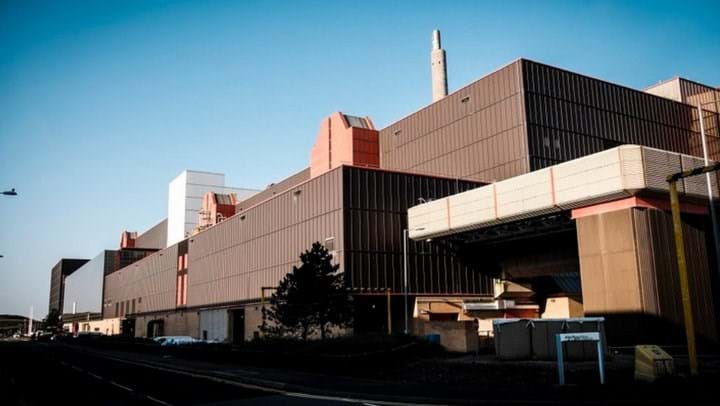UK sets out 300-year nuclear waste strategy

THE UK Nuclear Decommissioning Authority (NDA) has relaunched its clean-up strategy for the country’s major nuclear sites, with plans spanning more than 300 years.
Building on the strategy from 2021, the revised plan includes continued work into reducing hazardous waste at Sellafield, using data and robotics for remediation and waste disposal, and developing new policy for managing waste.
By 2050, the NDA expects to have made “significant progress” in its strategy, including the delicensing of most reactor sites formerly owned by Magnox (now Nuclear Restoration Services (NRS)), and the development of additional waste storage facilities.
2050 and beyond
The plan goes beyond the common net-zero goals, with the roadmap including objectives for 2100 and even 2380 – where it expects all intermediate level waste (ILW) in the UK to be packaged, stored and disposed of.
Other goals include the disposal of various waste types, such as Magnox spent fuel and all oxide fuel by 2125, and plutonium by 2120.
Sellafield
Extensive reprocessing operations of waste have already been completed at Sellafield since 2021, according to the NDA.
As part of the new strategy, Sellafield will collaborate with EDF Energy, NRS, and the NDA to develop disposal programmes for various waste types — including working with EDF to safely store advanced gas-cooled reactor (AGR) spent fuel in the water ponds at the Thermal Oxide Reprocessing Plant (THORP) in Cumbria.
The strategy is now open for public consultation until 29 September, with the NDA expecting to publish it in March of next year.
Recent Editions
Catch up on the latest news, views and jobs from The Chemical Engineer. Below are the four latest issues. View a wider selection of the archive from within the Magazine section of this site.




